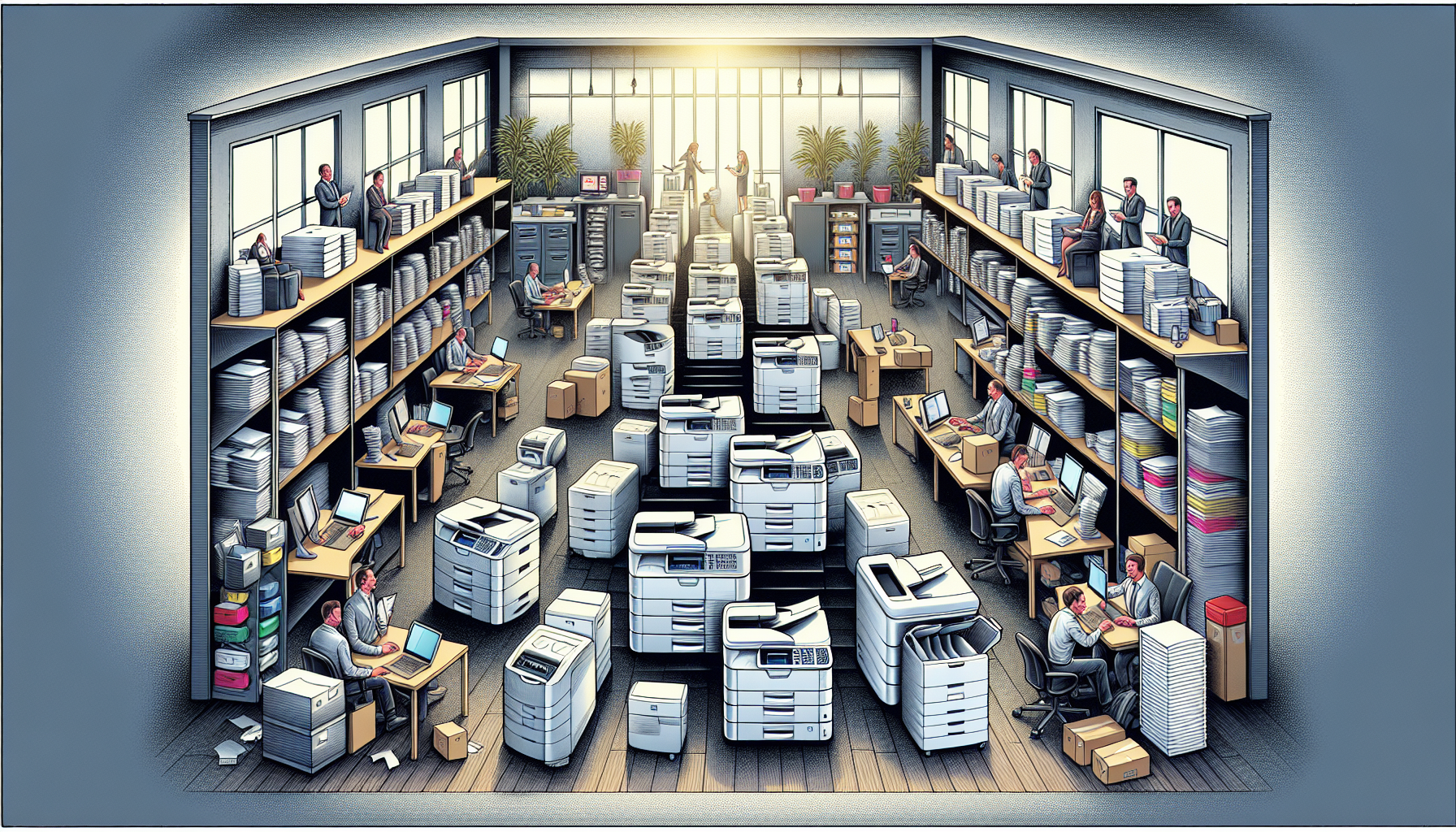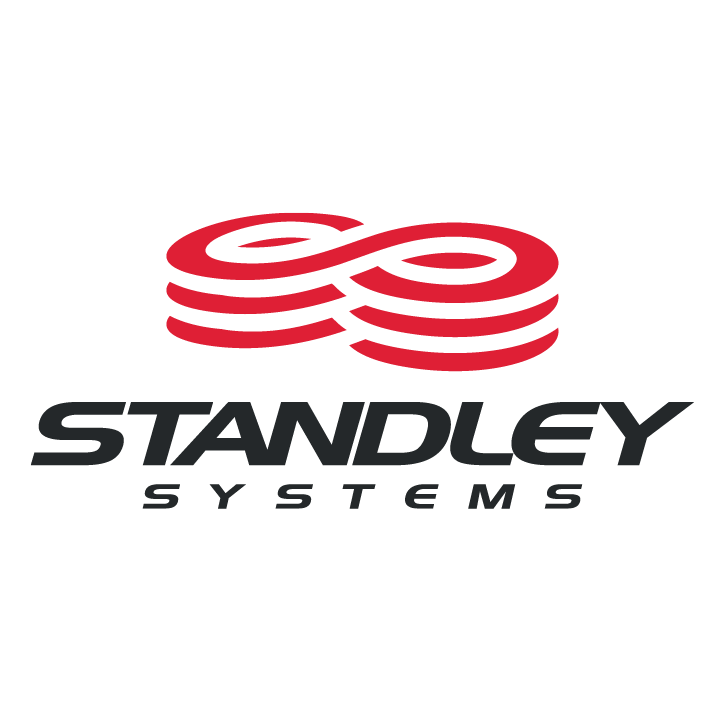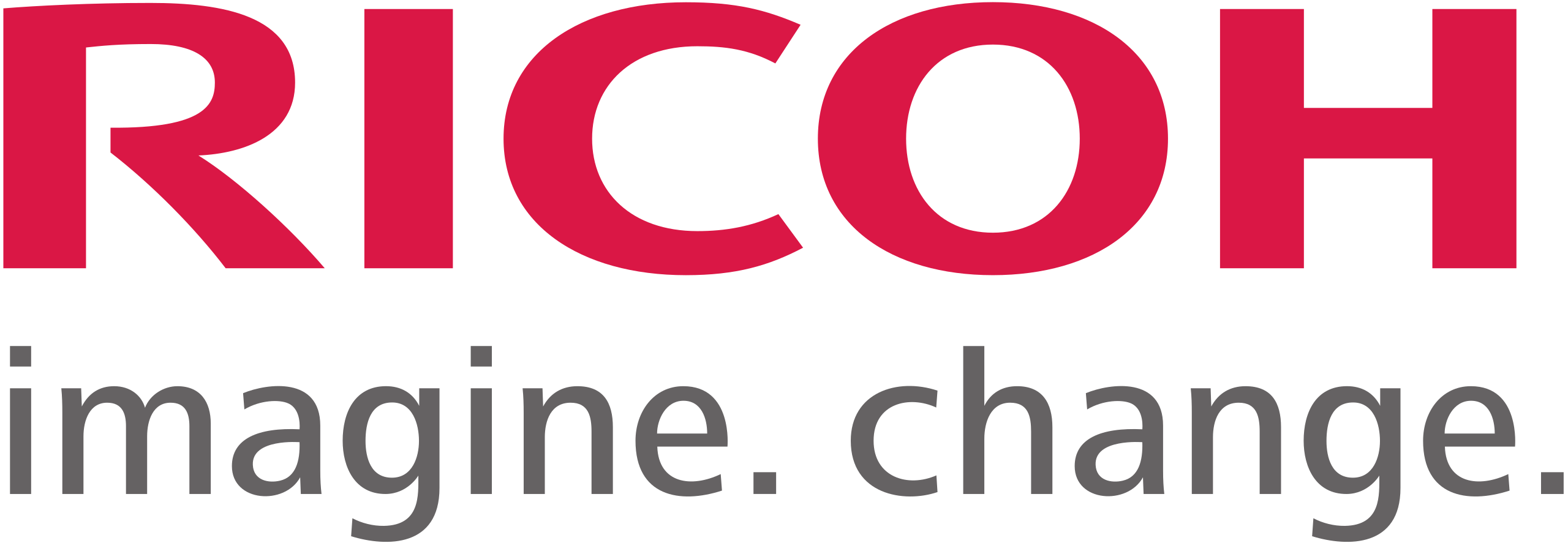5 min read
Maximizing Efficiency with Top Managed Print Services
By:
Standley Systems Staff
on
April 2, 2024
Updated: June 3, 2024

Curious about how managed print services can optimize your business operations and save costs? Managed Print Services (MPS) tackle the comprehensive management of your printing assets, such as printers and scanners, improving efficiency, and enhancing data security. In this article, we’ll explore the significant value MPS can bring to your organization, from immediate savings to long-term operational benefits, without the sales pitch.
Key Takeaways
-
Managed Print Services (MPS) streamline the management of print infrastructure, improving efficiency and alleviating the administrative burden associated with company printing operations.
-
Introducing MPS leads to significant immediate and long-term cost savings, with potential reductions of 20-30% in print-related costs, and extensive benefits including energy-efficient devices, reduced waste, and predictable budgeting.
-
MPS enhances business operations and supports digital transformation by providing tailored solutions, advanced technology integration, proactive support, and improved document workflow management, ensuring adaptability for future growth and changing infrastructures.
Decoding Managed Print Services (MPS)

The heart of any business lies in its operations. And a significant part of these operations revolves around managing printing needs. Managed Print Services (MPS) is a dedicated solution designed to simplify the complexities of print management. It focuses on efficiency and quality, aiming to alleviate the administrative burden associated with managing printing operations.
MPS provides a streamlined approach to managing an organization’s printing needs, covering the management of:
-
printers
-
copiers
-
scanners
-
other imaging equipment
These services include high-quality products and expert services that cater to the efficient handling of a company’s print infrastructure. By reaching out to MPS providers, businesses can learn how their printing needs can be streamlined for improved success.
Immediate Cost Savings with MPS

One of the most compelling benefits of MPS is the immediate cost savings it offers. Typically, businesses start observing cost savings within a few months after MPS implementation. MPS achieves these savings by reducing the number and variety of devices and supplies through consolidation which results in maintenance and supply cost savings.
Moreover, automated supply replenishment services within MPS prevent excessive inventory and waste, thereby cutting costs. MPS implementation also leads to predictable monthly costs, which aids in budgeting and eliminates unexpected expenses. Even your energy bills can see a dip, as energy-efficient MPS devices can replace older models, thereby reducing energy consumption.
Enhancing Print Management for Operational Efficiency

While cost savings are undeniably beneficial, Managed Print Services (MPS) offer advantages that extend beyond just financial aspects. Some of the benefits of MPS include:
-
Enhancing operational efficiency by optimizing document output management
-
Monitoring device usage and user satisfaction
-
Streamlining printing processes
-
Reducing device downtime
-
Improving focus on primary tasks for employees
Managed Print Services contribute to business process improvement and support digital transformation by providing:
-
Insights and recommendations that simplify document workflows
-
Integration of advanced technologies such as Serverless Printing Infrastructure
-
Proactive maintenance, support, and enhanced security measures to minimize downtime and reduce the risks and potential costs associated with data breaches
-
Continuity in operations and safeguarding business data
The Impact of MPS on Print-Related Expenses
The financial advantages of Managed Print Solutions are indeed significant. Implementing MPS can achieve a 20% to 30% reduction in printing costs for consumables like toner and paper. Plus, it can significantly decrease the percentage of revenue spent on printing expenses, which may amount to as much as 3% annually.
MPS offers the following benefits:
-
Detailed tracking of print volume and usage patterns, leading to better decision-making and lower equipment costs
-
Optimization of the number and types of printing devices
-
Enforcing print policies such as default duplex printing to reduce paper waste and costs
-
Tracking printed pages to reveal and address inefficiencies
These benefits can help improve efficiency and reduce costs in your printer fleet and overall print environment by utilizing printing solutions.
Tailored Solutions from Your MPS Provider
MPS providers understand that every business is unique with specific needs and challenges. So, they tailor solutions to ensure optimal printer usage and maximum cost savings for each business, regardless of its scale. These tailored solutions extend to businesses of varying scales, from small startups to large enterprises, demonstrating flexibility and a deep understanding of different operational scopes.
Managed Print Services can be seamlessly integrated into a company’s current IT setup, while being adaptable enough to accommodate changes in printing volumes and device utilization. As a managed print services provider, companies like Xerox offer actionable insights and recommendations that significantly improve document workflows and drive business automation.
Integrating MPS for Future-Proofing Your Business
Managed Print Services are scalable solutions that equally benefit and can be customized to the needs of small to medium-sized businesses, as well as larger organizations.
Businesses today are gearing up for unpredictable growth and infrastructure changes. In this dynamic environment, Managed Print Services offer the adaptability and scalability needed to stay ahead. Enterprise print management solutions are crucial for integrating with complex IT environments, handling the management of numerous printers and drivers efficiently.
Managed Print Services offer several benefits, including:
-
Enhancing data security and simplifying compliance with secure printing
-
Supporting remote and hybrid work environments
-
Facilitating secure and efficient printing and document management
These benefits are essential for long-term sustainability and cost control, reducing maintenance costs and providing significant cost savings in other related costs.
Summary
In the rapidly evolving business landscape, MPS offers an array of benefits that can radically transform your print management operations. From immediate cost savings to improved operational efficiency, from reducing print-related expenses to offering tailored solutions, MPS can be a game-changer for businesses of all scales and industries.
Frequently Asked Questions
What is meant by managed print services?
Managed Print Services (MPS) is a fully-integrated program that helps organizations streamline their printing fleet by consolidating and managing their copier and printer needs under a unified program. This involves analysis by document management experts to optimize printing usage and needs.
What is an MPS provider?
An MPS provider is a company that offers managed print services, helping organizations optimize their printing fleet and manage their copier and printer needs efficiently, leading to cost savings and improved productivity.
What is print management services?
Print management services help prevent printer downtime by monitoring the status of printers and copiers, as well as examining error logs, ultimately improving efficiency and reducing costs.
How does MPS offer cost savings?
MPS offers cost savings by reducing the number and variety of devices and supplies, preventing excessive inventory and waste, and leading to predictable monthly costs. This results in more efficient and cost-effective operations for your business.
How does MPS enhance operational efficiency?
MPS enhances operational efficiency by optimizing document output management, streamlining printing processes, minimizing downtime, supporting digital transformation, providing proactive maintenance, and enhancing security. These factors contribute to overall improved productivity and cost savings.












